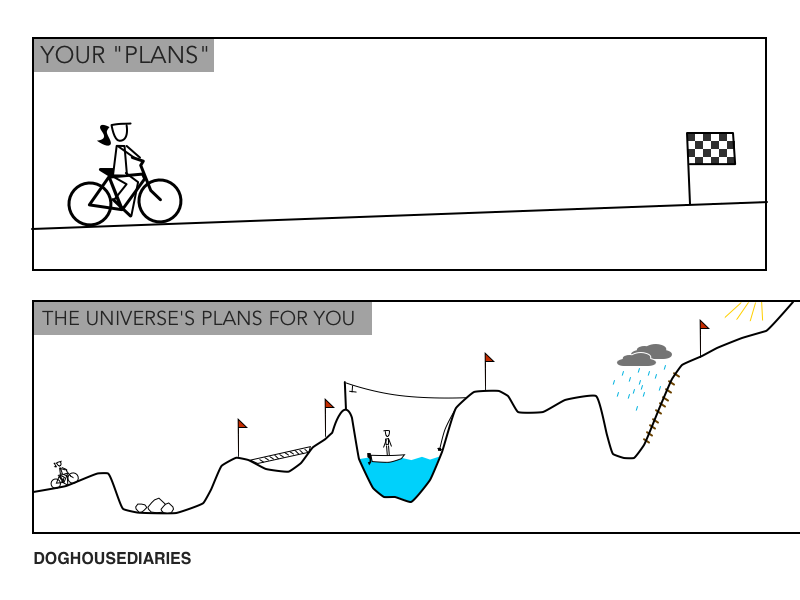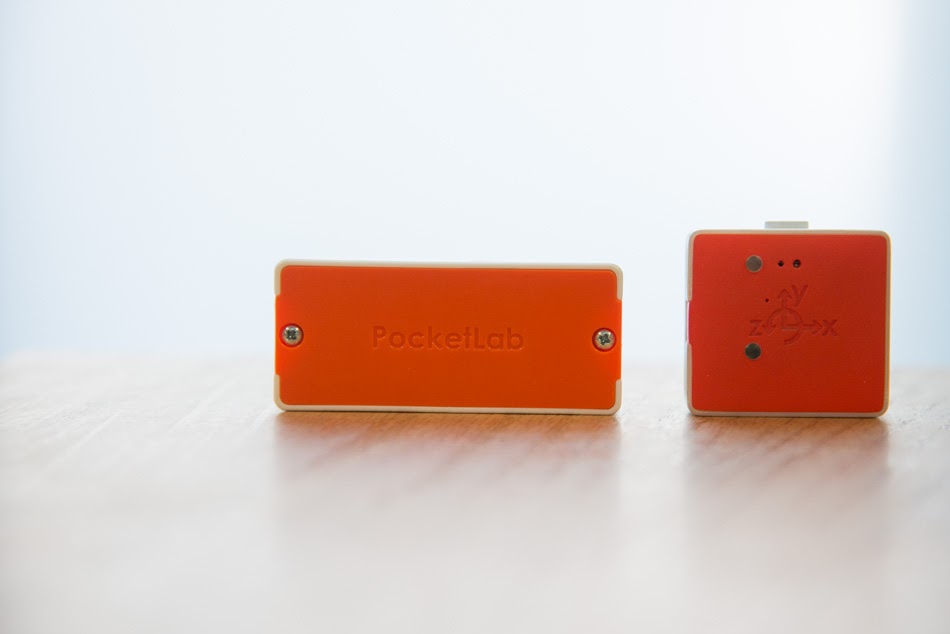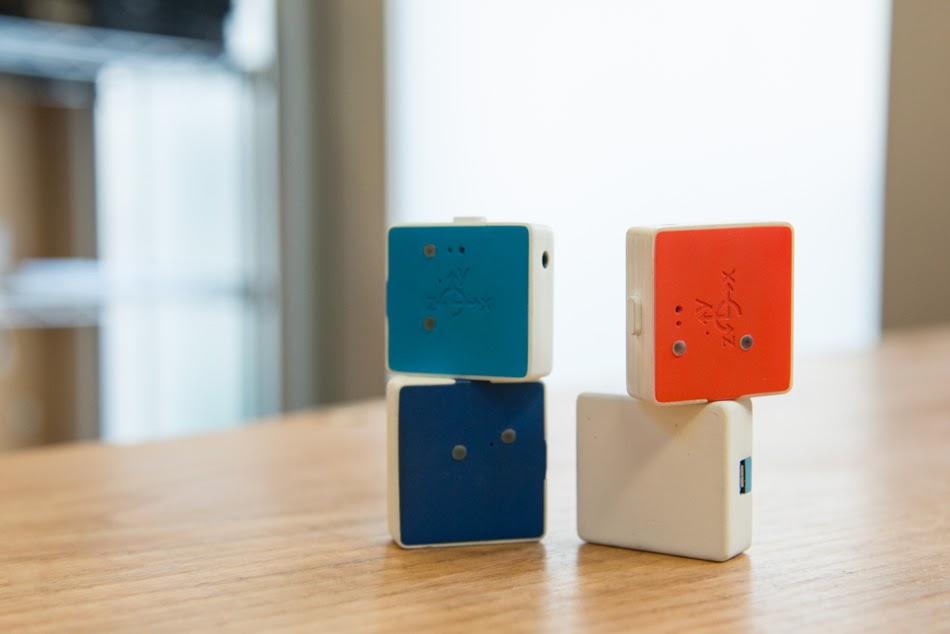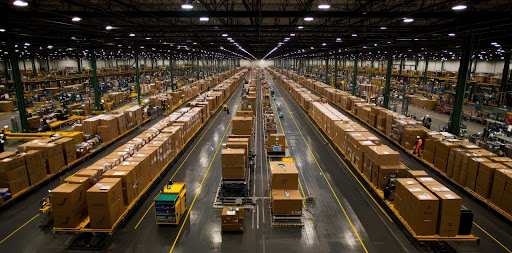Time to read: 4 min
Crowdfunding is tough. From developing and managing the campaign, to choosing a manufacturer, to staying on-time and under-budget–it’s a lot to manage, especially for young companies.
I’ve launched two crowdfunding projects for PocketLab—a wireless sensor for makers and STEM educators—and have learned a lot in the process. Here are five crowdfunding lessons for hardware startups (based on my own experience) to help you develop, launch, and deliver your product as smoothly as possible.
1. Don’t Underestimate Schedules
The most common mistake I see companies make (ours included) is the underestimation of how much time something will take. Whether it’s mechanical design, firmware development, or setting up distribution channels, you should always adhere to the Rule of Pi: that everything takes 3.14 times longer than you plan for.

Behavioral economist Daniel Kahneman calls this the Planning Fallacy.
The problem is that most often, engineers and founders give planning estimates based on every step of the process going perfectly. Here’s an example of my perfect planning estimate:
- One week to do the CAD design
- Three days to get the 3D printed parts
- Two days to sand, prep, and paint the models
- Mechanical mockups done in 2 weeks! 😀
And here’s what reality most often looks like:
- 1.5 weeks to do the CAD design
- Three days to get the 3D printed parts, just to realize you incorrectly sized the mounting holes, so now you have to fix the CAD model, re-order the parts, and hope nothing else goes wrong
So heed the Rule of Pi and your planning estimates will be closer to reality.
2. Don’t Overcomplicate Your Design
The second pitfall I often see (and experience) is the urge to continuously add new features to your product. Don’t do it! Keep it simple.
I’m fortunate to have developed a fairly simple mechanical device that consists of a circuit board inside a plastic case with only one moving element to actuate the on/off button. The simplicity of PocketLab has enabled us to launch and support a product to thousands of customers with just a three person team.
As you consider building a product with different features, colors, add-ons, and accessories, just imagine all the additional complexities that will be added not just to the design/development process, but fulfillment and logistics as well.
For the first PocketLab Kickstarter, we had just two customization options: a green or orange case. Simple right? Nevertheless, as we were packaging and shipping a thousand devices from our garage, we managed to screw up the packaging many times and had to tear open the boxes, replace the devices, and re-package.

As much as you can, keep it simple–especially for your first product.
3. Consider Local Manufacturing
For manufacturing, we decided to use a local contract manufacturer so that the PCB assembly, programming, final build, and test were all done locally. (Our PCBs and injection molded cases are both sourced in China)
Does manufacturing in the US cost more? Yes, on a per unit basis. However, we’ve ultimately saved money by not having to travel and ship final goods. Here’s an example of how we’ve benefited from manufacturing locally:
In our early manufacturing runs, we had issues with correct operator training and device testing. But since our CM was local, we were able to drive to the factory on short notice, help debug the process issues, and fix our manufacturing problems in a short cycle.
My advice is to strongly consider whether or not you really need to go overseas for manufacturing. The price difference might not be as much as you think (consider that assembling the iPhone 6s in the UIS would only cost an extra $30-$40 for a product that retails for $749).
4. Don’t Underestimate the Effort (and Stress)
Be warned! Planning and operating a Kickstarter campaign is emotionally and mentally exhausting. We’ve done one campaign and we are in the middle of a second, and it’s still an emotional rollercoaster. You will stare at the dollar amount raised far too long and check your campaign page way too often. Doing a crowdfunding campaign is a leap of faith that your product will be adopted by random strangers on the internet and nothing quite prepares you for that experience.

For our first PocketLab launch, we had hundreds of enthusiastic people that were willing to buy our product even before it ever existed and loved the result. But we also had a few customers that were disappointed with the outcome. If you’re like me, you will probably remember the few people that were disappointed far more vividly than all the people that were really happy.
So brace yourself–it’s a long and emotional journey.
5. Use a Crowdfunding Platform
For both of PocketLab’s crowdfunding campaigns, we’ve chosen Kickstarter as our platform of choice. In my opinion, Kickstarter and Indiegogo are both very helpful for generating buzz around your product and getting genuine feedback from your customers. Each platform takes about 5% of your money raised, but the cost is worth the visibility you gain.
If you’re in the process of developing a hardware product, remember you are doing something that’s very challenging. Take heart in knowing that there are many of us going through the same challenges, and hopefully some of my advice can prove useful!










